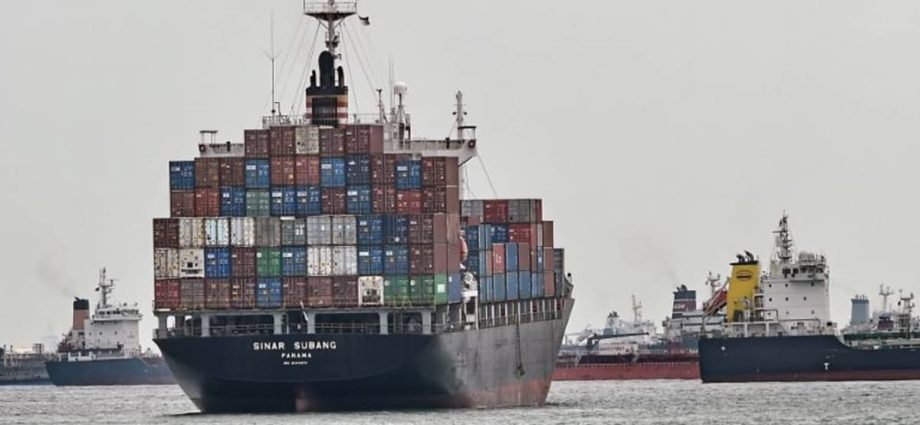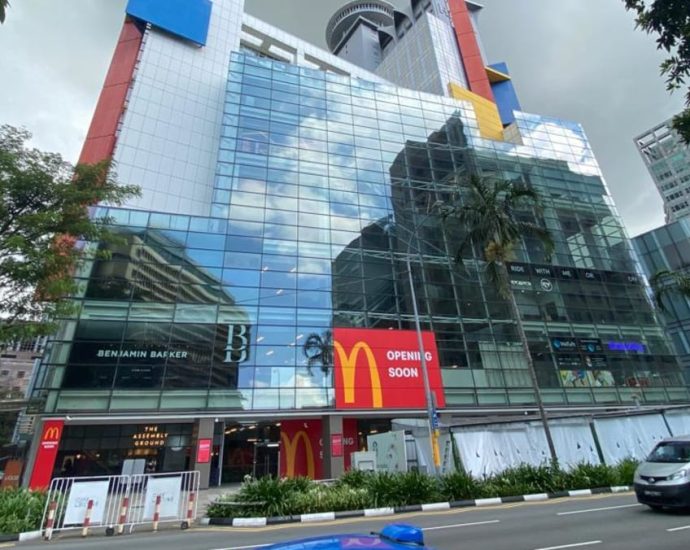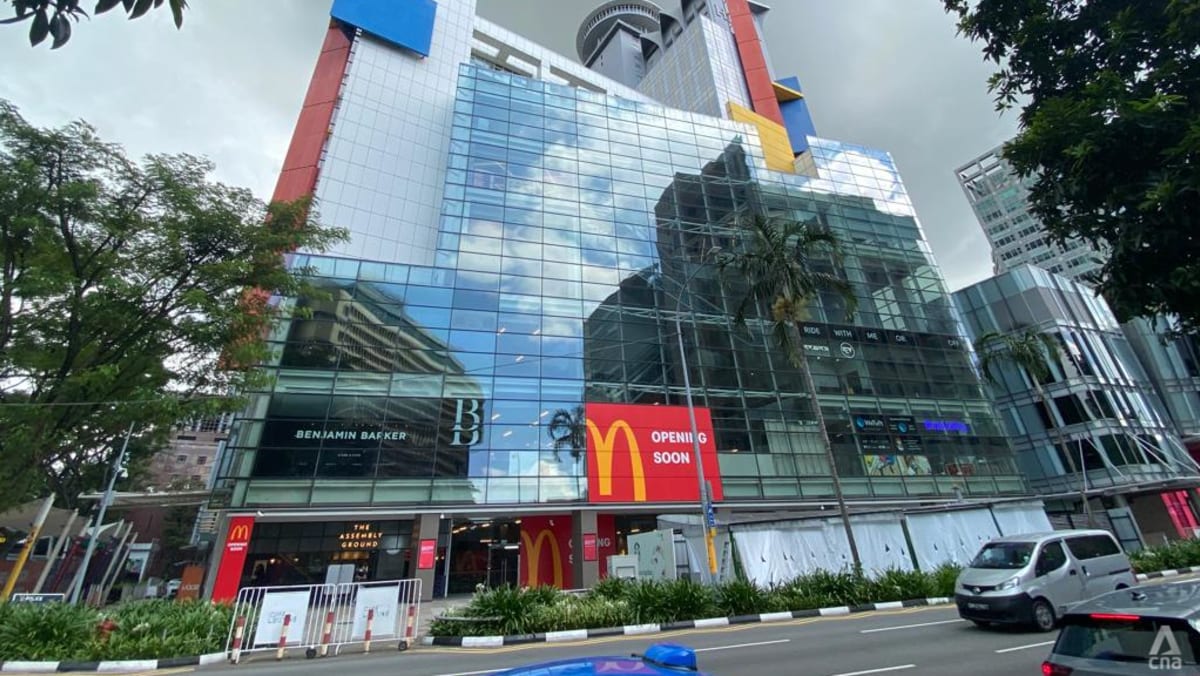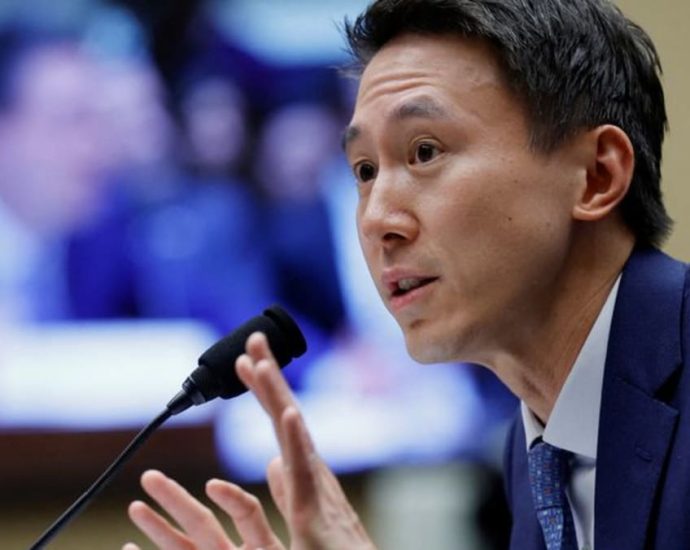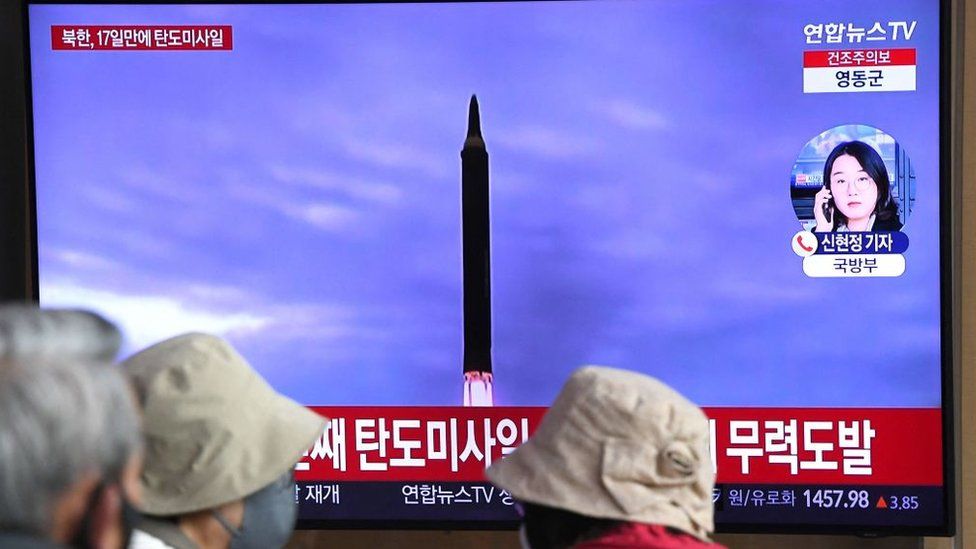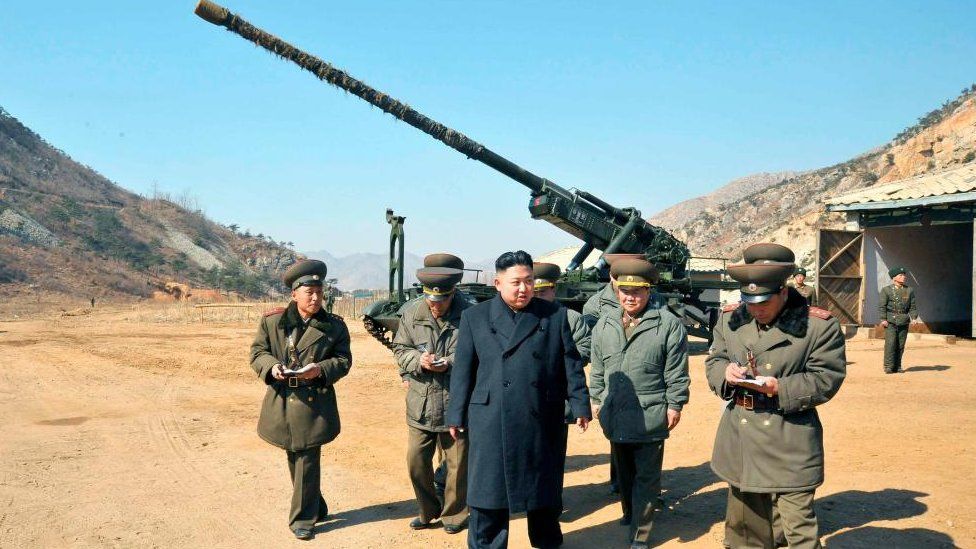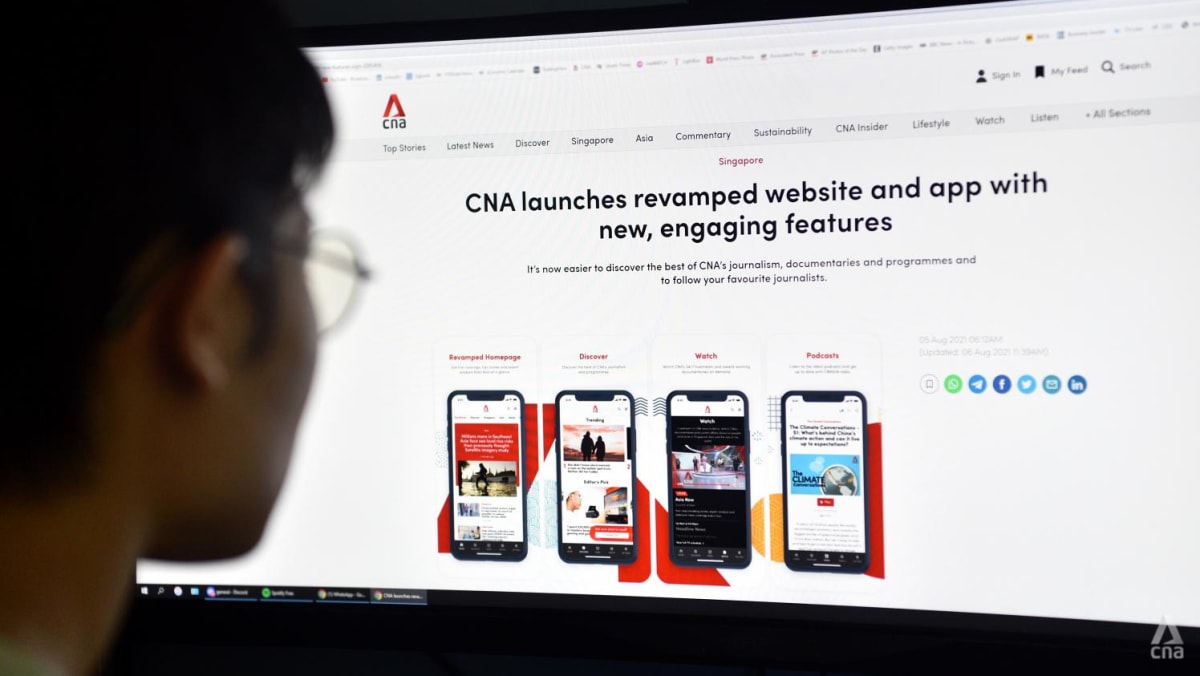Singapore’s NODX falls by 14.7%; eighth consecutive month of decline
SINGAPORE: Singapore’s non-oil domestic exports (NODX) contracted for the eighth consecutive month in May, falling by 14.7 per cent, with both electronics and non-electronics seeing a decline. The drop follows the 9.8 per cent decrease in April and an 8.3 per cent contraction in March. The latest figure is worse than aContinue Reading

